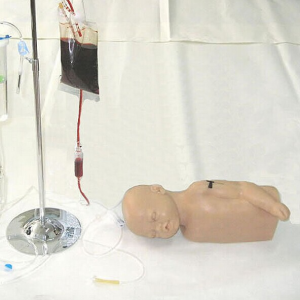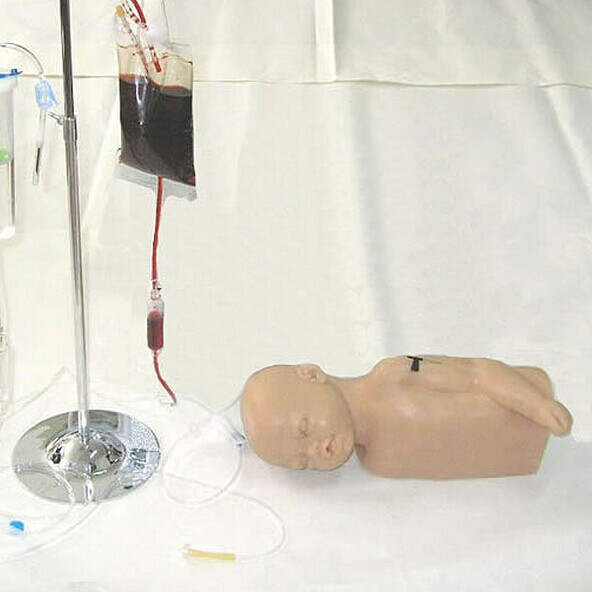ADA MED SUPPLY LIMITED
Phone:+86 19937901373
Tel:+86-0379-65160607
Email:adaanatomy@adaanatomy.com


In the medical field, the improvement of professional skills is directly related to the treatment effect and life safety of patients. Among them, head venipunction is one of the common and key operating skills in clinical practice, and its accuracy and proficiency are crucial to reduce patients' pain and improve treatment efficiency. Therefore, the introduction of head venipuncture training model undoubtedly provides a solid guarantee for the improvement of medical staff skills.
These training models, with their highly simulated design, simulate the vein distribution, skin touch and puncture feedback mechanism of the real human head, so that medical staff can practice repeatedly in a risk-free environment until they have mastered it. They can not only help novice medical staff quickly establish an intuitive understanding of venipentesis, but also effectively improve the operational accuracy and efficiency of senior medical staff to ensure that the puncture task can be quickly and accurately completed in the actual operation.

Through the head venipentesis training model, medical personnel can learn how to correctly identify and locate veins, master the appropriate puncture Angle and depth, and effectively avoid complications. More importantly, the model can also simulate the venous characteristics of different patients (such as children, the elderly or patients with special diseases), so that medical staff can be more relaxed in the face of diverse patient groups, improve the adaptability and safety of treatment.
In addition, the training model is also reusable, which greatly reduces training costs and enables healthcare organizations to organize relevant skills training more frequently, ensuring that every healthcare worker can achieve and maintain a high level of operational skills.
In summary, as an important tool of modern medical education, head venipunction training model provides strong support for the improvement of medical staff skills. It not only promotes the rapid growth of professional skills of medical staff, but also ensures that patients receive safer and more efficient treatment services. In the future, with the continuous progress of medical technology and the growing medical demand, it will continue to play an important role in improving the skills of medical personnel and contribute to the sustainable development of the medical industry.